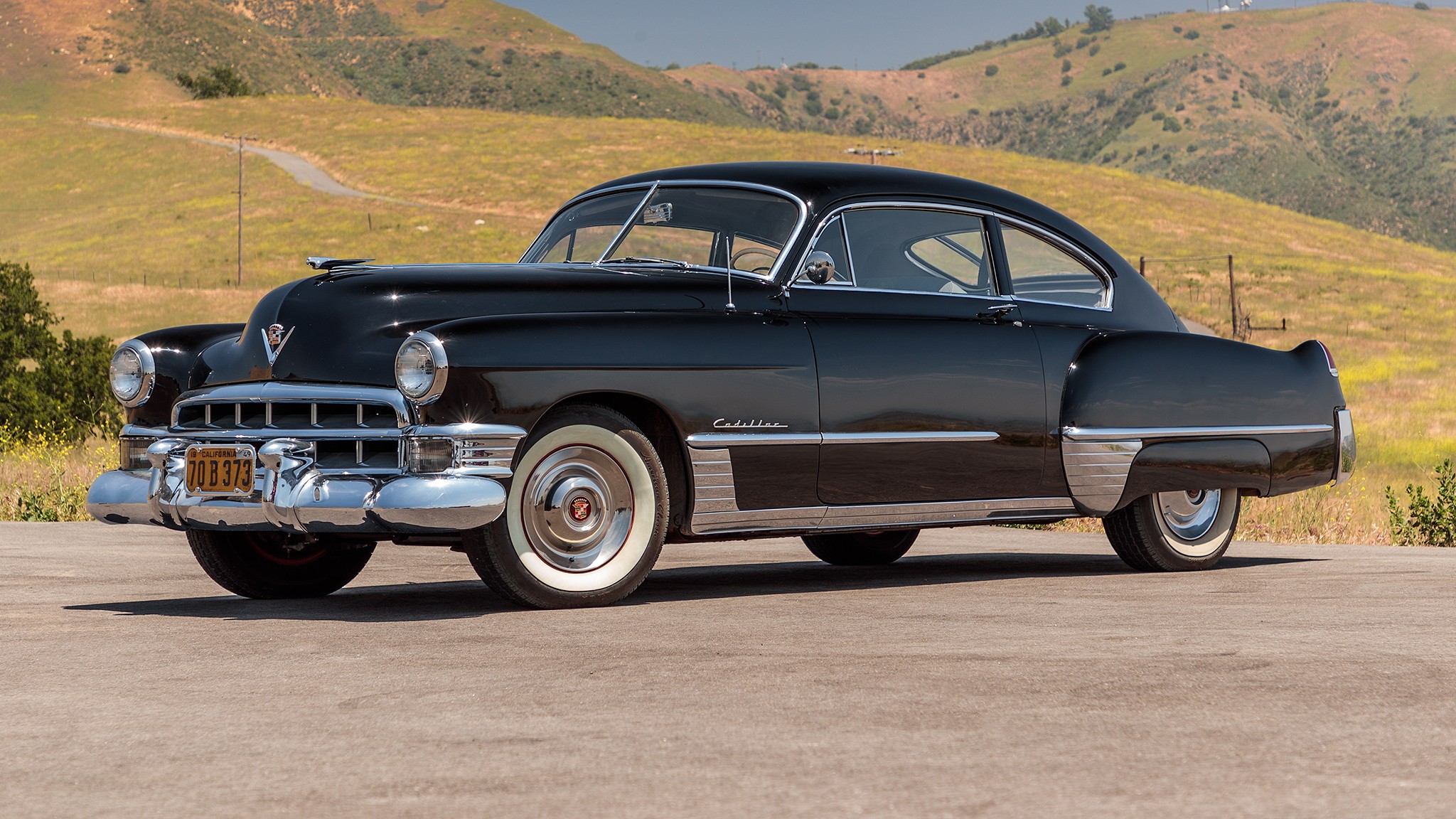The Origins of the Car of the Year Award
For over seven decades, the tradition of selecting a Car of the Year has been a cornerstone of automotive journalism. This practice has not only highlighted the most innovative and impressive vehicles but also sparked lively debates among readers. The origins of this award trace back to 1949 when a single writer made the first selection. His choice was the 1949 Cadillac, and while it may seem surprising today, the decision was rooted in significant engineering advancements that set a new standard for American automobiles.
The First Car of the Year: A Technical Triumph
The man behind the inaugural Car of the Year was John Bond, an engineer turned writer who later became the publisher of Road & Track. According to the editor’s note from that time, Bond considered all models and gave serious thought to the engine, appearance, and handling characteristics. However, his two-page article focused almost exclusively on the Cadillac’s new overhead-valve V-8 engine, which marked a significant departure from traditional side-valve designs.
Bond’s critique of the postwar auto industry was evident in his writing. He was critical of the trend of frequent face-lifts that gave the illusion of innovation without substantial changes. As a graduate of the GM Institute, he valued engineering excellence, which led him to favor the 1949 Cadillac. The 331-cubic-inch OHV V-8 engine was smaller, lighter, and more efficient than its predecessor. It offered improved power and fuel efficiency, making it a standout in the automotive landscape of the time.
Engineering Innovations and Performance
The 1949 Cadillac’s OHV V-8 engine produced 160 gross horsepower, which was 10 more than the larger-displacement V-8 it replaced. Bond suggested that buyers could expect a 2-mpg improvement in fuel economy. This combination of power and efficiency earned Cadillac recognition when Briggs Cunningham entered a near-stock car in the 1950 24 Hours of Le Mans. The car achieved a remarkable 120 mph on the Mulsanne Straight and averaged 81.5 mph, finishing 10th overall—best among luxury cars.
The engineering team led by Jack Gordon, Ed Cole, and Harry Barr laid the groundwork for an engine that would improve with age. The OHV V-8 was designed to be pushed as high as 12.0:1 compression ratio, anticipating the availability of high-octane aviation fuel post-war. Over the next six years, engineers unlocked another 110 horsepower from the V-8 without increasing displacement, showcasing the engine’s potential.
The Controversy Surrounding the Choice
While the 1949 Cadillac’s V-8 was technically significant, there were other contenders that might have been worthy of the Car of the Year title. The 1949 Ford featured a modern ladder frame, the brand’s first fully independent front suspension, and a lighter body. However, Bond dismissed these features as lacking engineering innovation. Oldsmobile also developed its own OHV V-8 for 1949, but Bond favored Cadillac due to its lighter weight and superior power output.
Despite the lack of foreign competition at the time, the Jaguar XK120 was a strong contender. Designed to exceed 100 mph, the XK120 featured an advanced inline-six engine with dual-overhead camshafts and an aluminum cylinder head. It was the fastest production car of its time, capable of reaching over 120 mph. The British sports car outperformed the Cadillac in both speed and performance, yet it was not considered for the Car of the Year award until much later.
Conclusion
The 1949 Cadillac’s selection as the first Car of the Year was a reflection of the engineering innovations of the time. While it may not have been the most visually striking or the fastest car available, its technical advancements set a new benchmark for American automobiles. The debate over whether the Cadillac was the right choice continues, highlighting the evolving nature of automotive excellence and the importance of considering all factors when evaluating a vehicle.






